Keeping pesky weeds at bay, plastic, metal, and mulch are all viable options for laying down a protective barrier.
Spreading across the surface of the soil, mulch provides a protective covering that serves various functions. Not only does it help retain moisture in the earth, reducing erosion, but it also infuses vital nutrients into the environment, shielding plants from frost damage and minimizing weed growth. Desirable for its many benefits, there are an array of diverse mulch types to choose from, which include both organic and inorganic matters.
Utilizing organic mulch is a commonplace practice in the garden, with wood chips, shredded bark, straw, and leaves being the most common choices. As they decompose over time, they offer the soil an opportunity to receive more organic matter while some materials such as straw provide an effective weed barrier. Some gardeners prefer inorganic mulches like landscape fabrics, black plastic, and gravel that don’t decay and remain in place for extended periods of time.
As a trusted and reliable resource for weed control, plastic is commonplace in gardens. Black plastic is an especially helpful component of gardening because it suppresses weed growth while providing warm temperatures for the soil. Clear plastic has its own advantages as well; it lets the sunshine in, warming the plot and helping your plants stay vibrant and cared for. What’s more, plastic weed barriers are well-known for their durability, lasting for years at a time.
Metal presents a durable response to weeding, thanks to its longevity and distinct heat-and-light deflecting properties. Aluminum foil, in particular, aids with thermal activity, while galvanized steel mesh conveys a physical obstruction that blocks fledgling weeds from making their way to the surface. As a result, many folks choose metal as their weed-deterrent of choice for its long-term efficacy.
Related Product
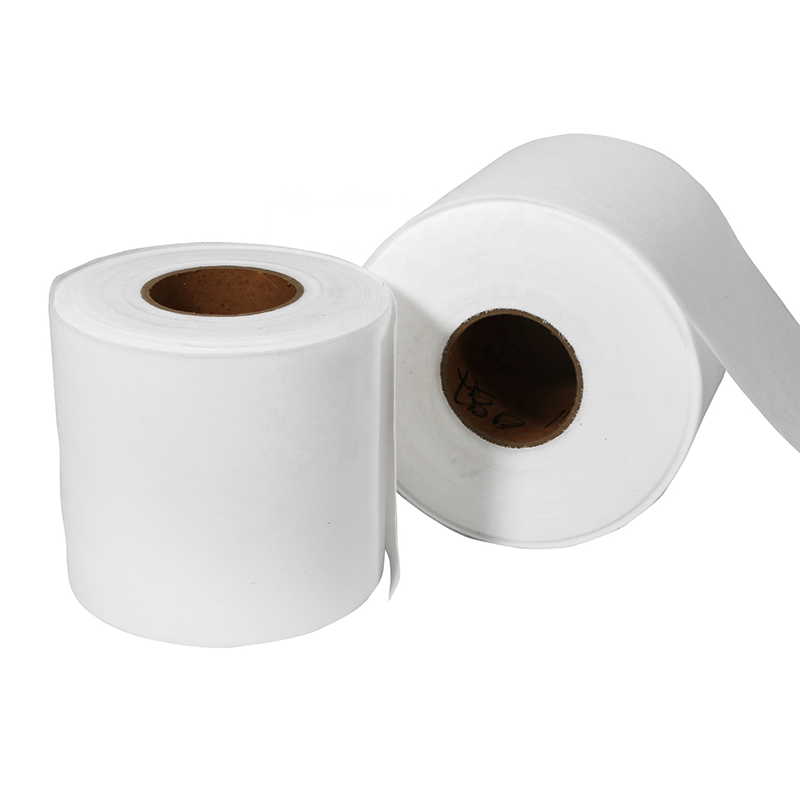
Non-Woven Geotextile
Geotextiles are permeable geosynthetic materials made by needling or weaving synthetic fibers. Geotextile is one of the new geosynthetic materials, and the finished product is clot […]
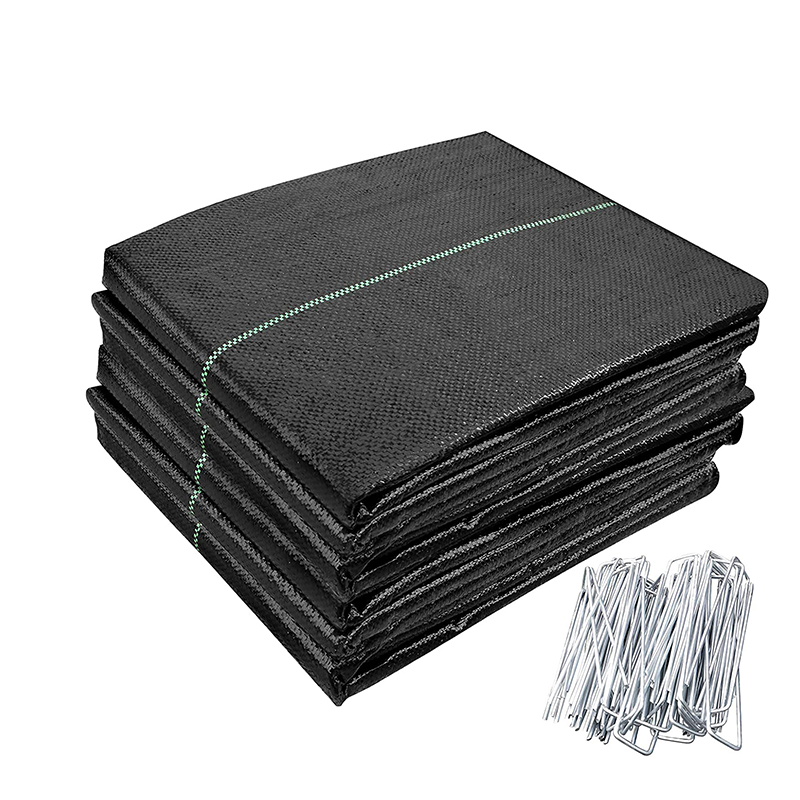
Woven Geotextile/Weed Mat
PP Woven Geotextiles are a series geotextiles made of high-performance polypropylene woven geotextile fabrics combining strength, durability and robust design. All these PP woven g […]
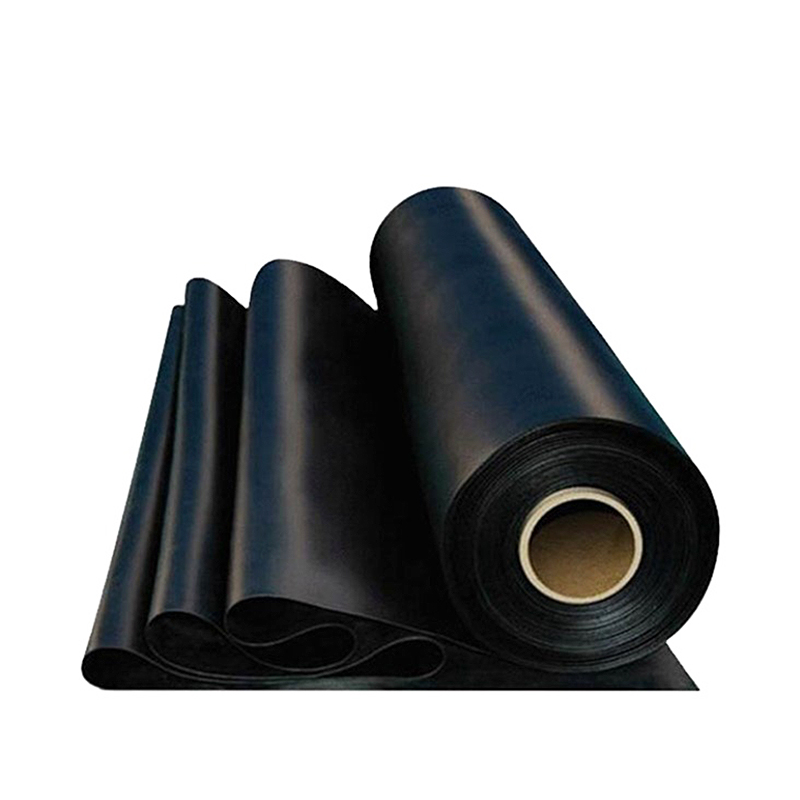
Hdpe Geomembrane
Product Features: They have strong ability for waterproof,anti seepage and isolation, aging resistance, good welding performance, convenient construction, root resistance and other […]
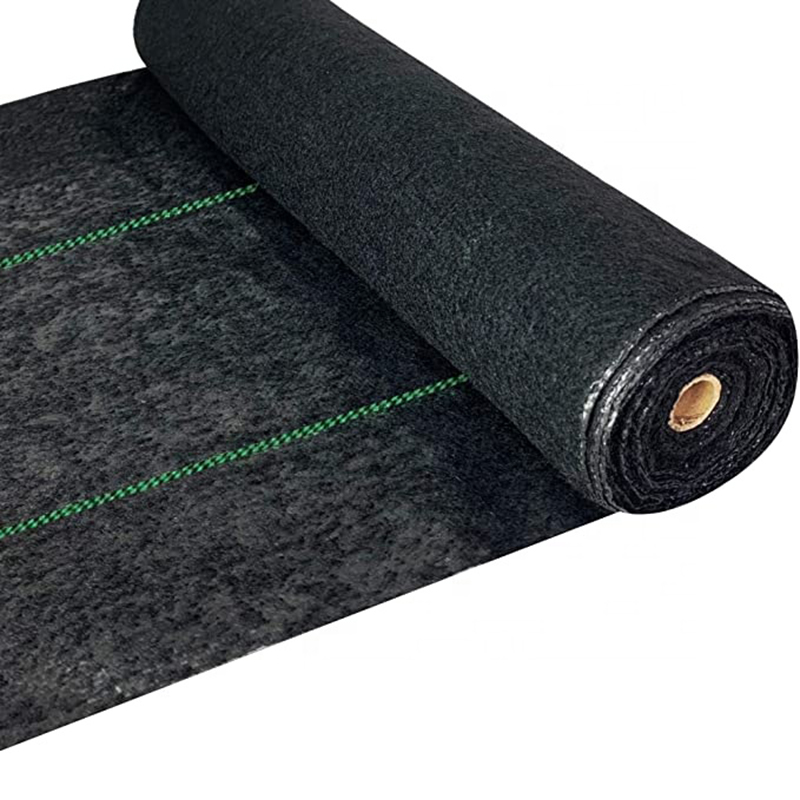
Heavy Duty Landscape Fabric
High Strength &Durability: 5.8oz heavy duty landscape weed barrier fabric, made of tightly woven polypropylene fabric needle which punched with UV-stabilized. 98.7% opaque to l […]
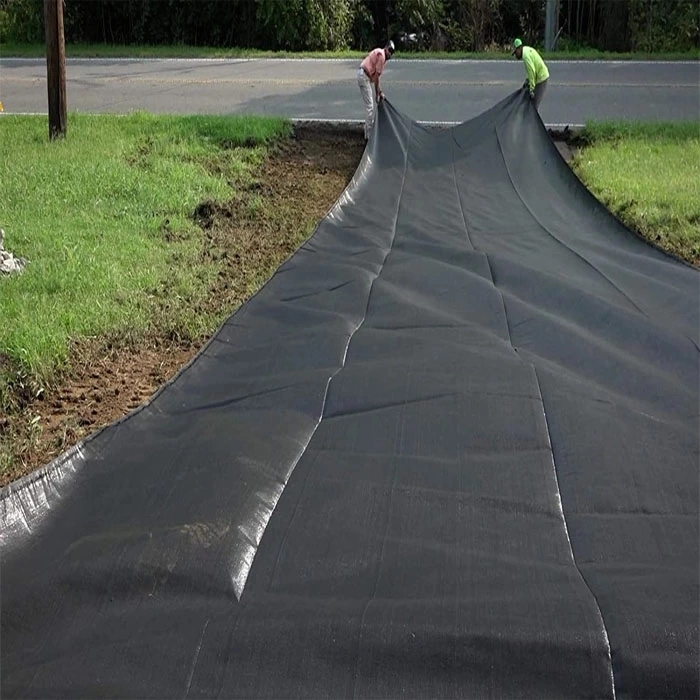
Bluekin Weedmat: Your Secret Weapon for a Low-Maintenance and Beautiful Garden
Are you tired of spending countless hours weeding and maintaining your garden? Look no further than Bluekin Weedmat, the ultimate solution for a low-maintenance and beautiful garde […]
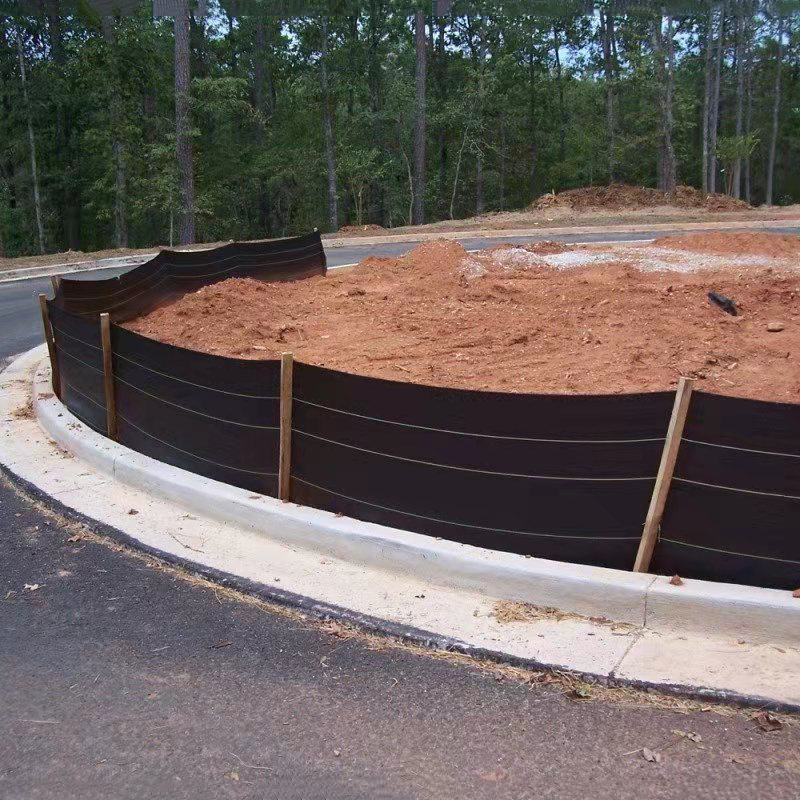
Silt Fence
Product Weed Mat / Ground cover/Slit fence Weight 70g/m2-300g/m2 Width 0.4m-6m. Lengths 50m,100m,200m or as your request. Color Black,Green,White ,Yellow or As your request […]
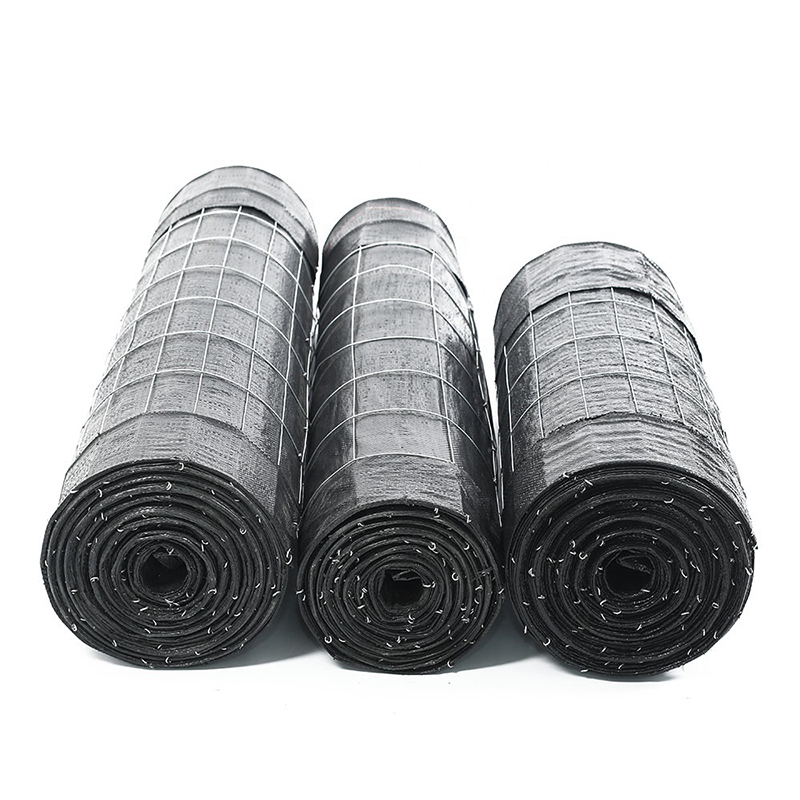
Wire Backed Silt Fence
The Wire Back Silt Fence is a strong erosion control fence designed for areas with demanding silt and erosion control requirements. Offering more strength and stability than a stan […]
Post time: 2023-06-19
